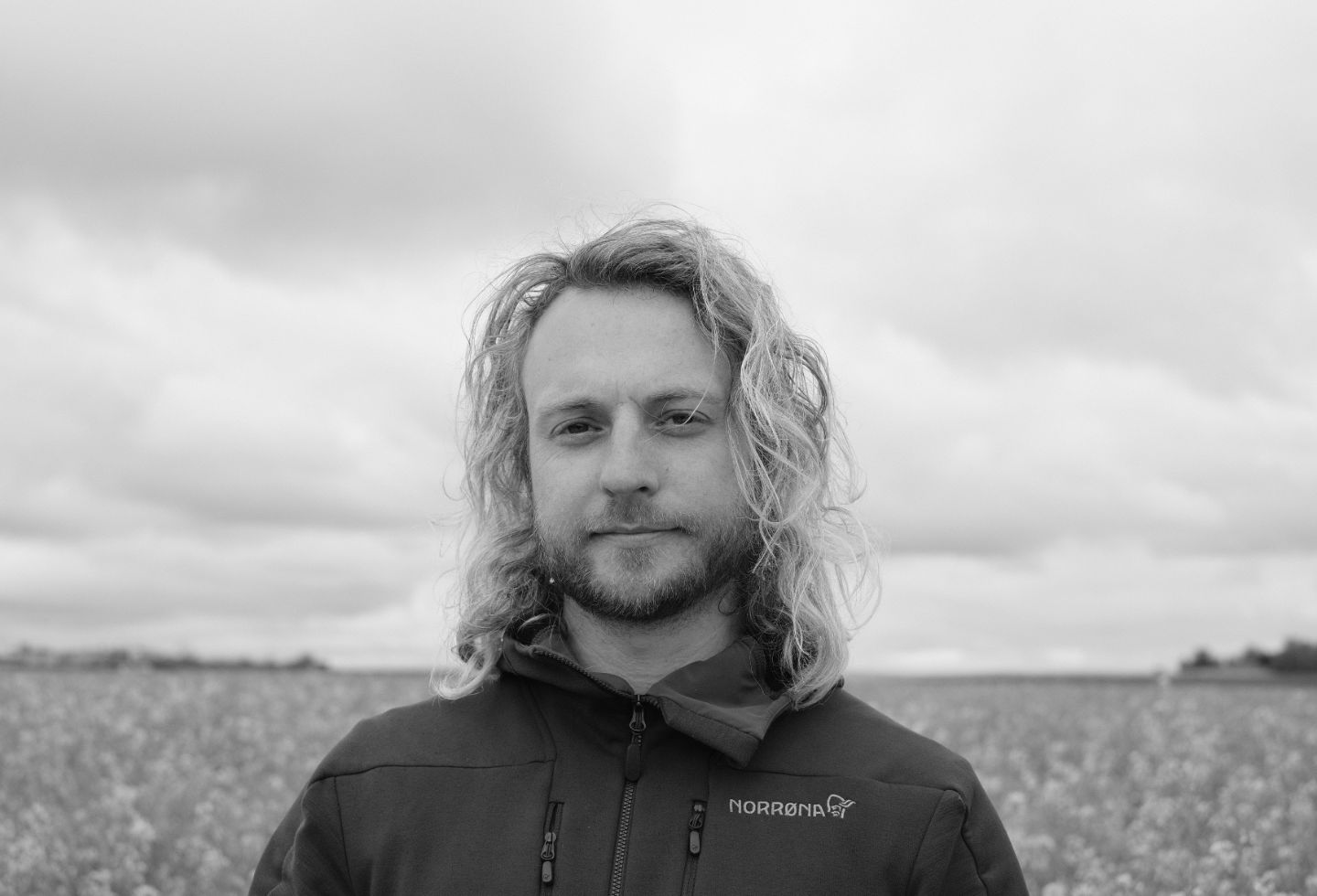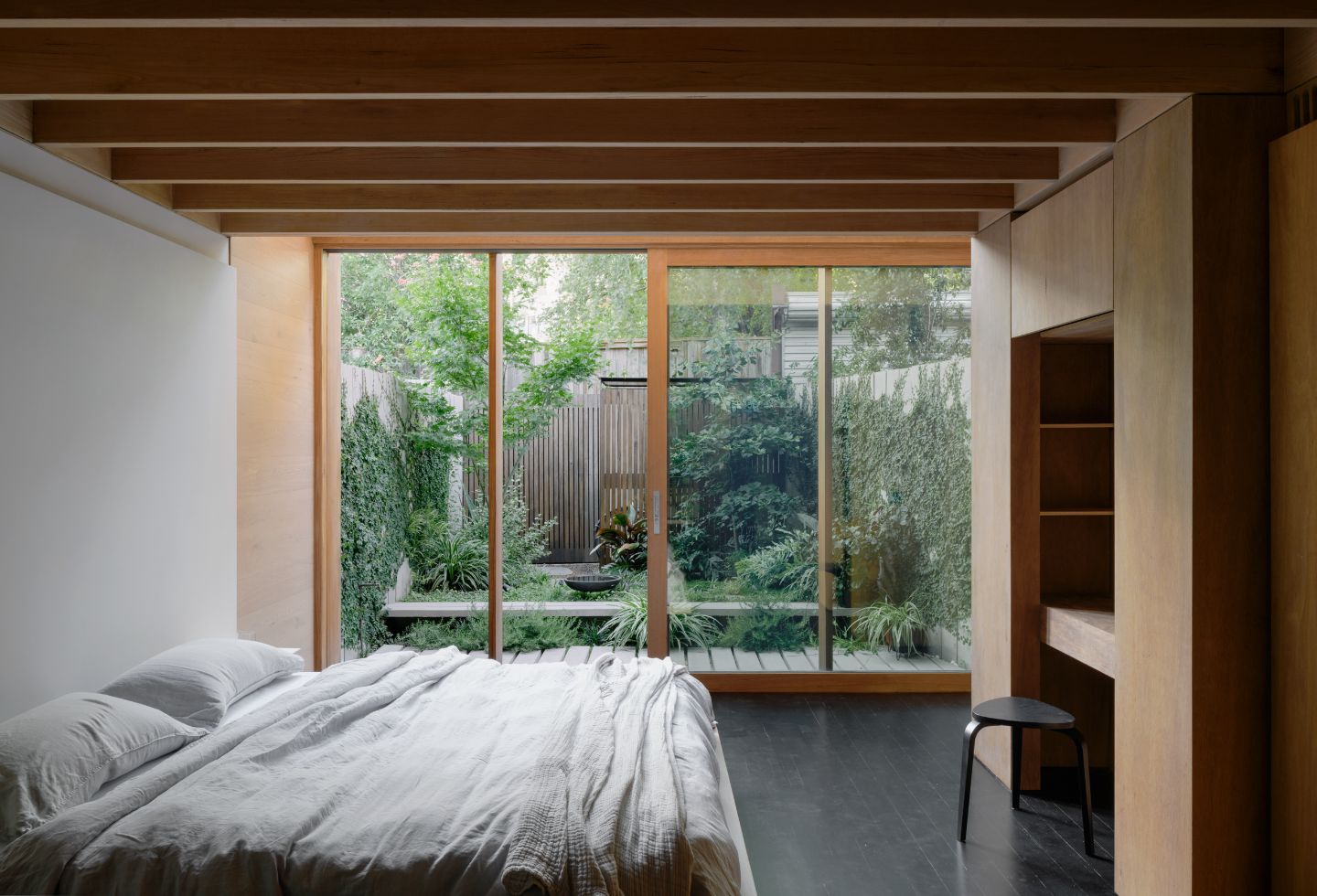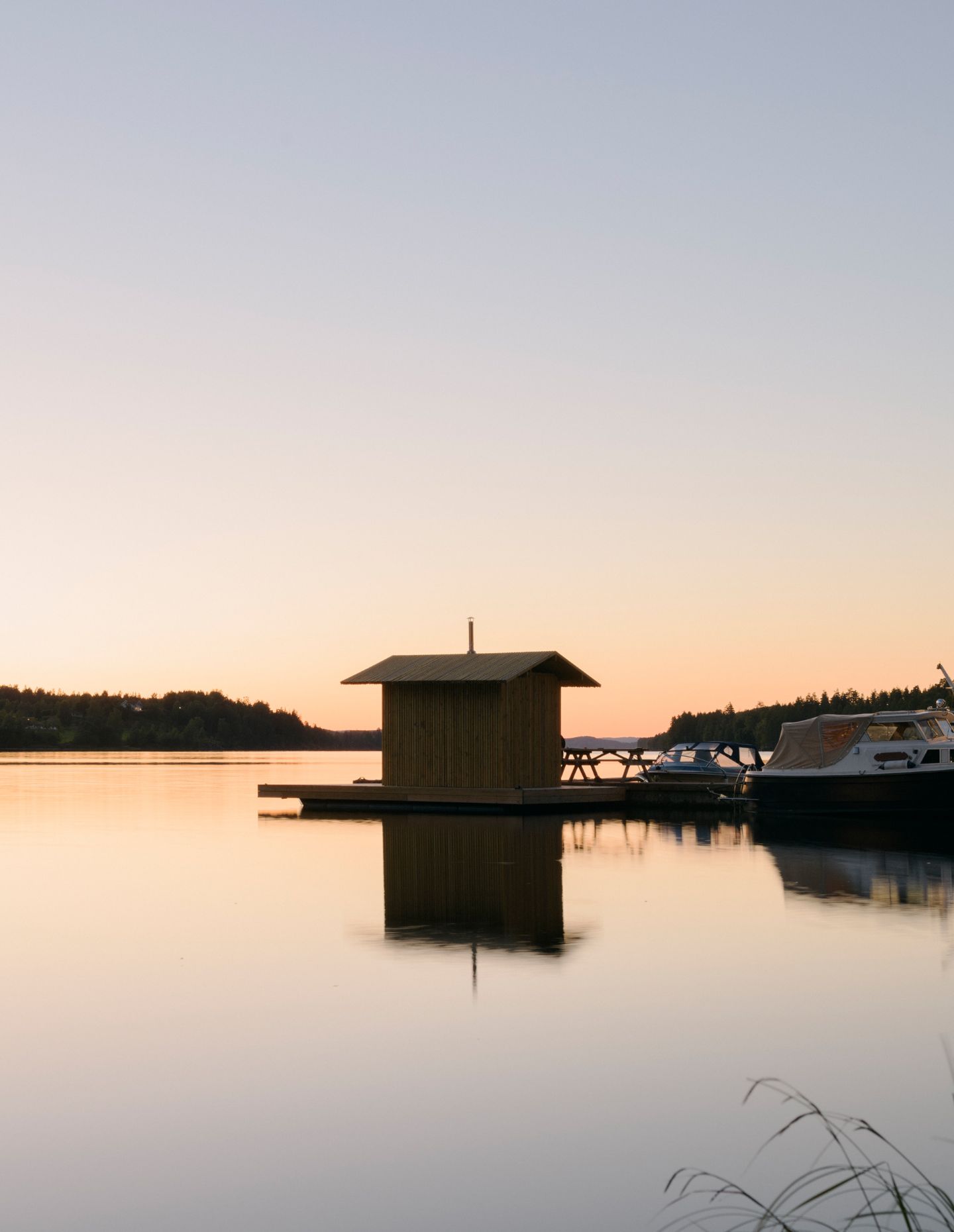Integral to architecture and design is capturing the finished project through the lens and the expert eye of the photographer. In the series The Photographers, we present those whose professional life involves photographing all manner of commercial and residential architecture and design.
The men and women profiled belong to Image Makers Association Australia, an organisation that has partnered with the 2024 INDE.Awards in two categories, The Photographer – Commercial and The Photographer – Residential.
We explore what makes each of these photographers tick, how they began their careers and why they chose to pursue architecture and design as their subject, as well as finding out a little more about them and their craft.
Here we profile Thurston Empson.

How did you come to photography?
I’ve studied and worked in architecture for over ten years, working in award-winning design teams. I’ve been very lucky to work and train under talented and driven designers who have taught me the art of composition, curation and control and art/architectural history. These elements and my role as a designer have led me to make pictures digitally; testing designs, convey an atmosphere of space and engage a client within an idea. Subsequently, my interest in image making led me to use the same skill set through the lens of a camera rather than a pen or computer. I’m still curating, composing and conveying atmospheric conditions as a photographer and I see this as the final step of the design process.
My first commission through my architectural network was on a private island in Finland, documenting a series of dwellings during a Scandinavian summer. This presented many opportunities to capture differing atmospheric conditions and to convey how the architecture interacted with, and merged into the rocky, forested context. From this point on, I have been interested in this way of ‘seeing and speaking’.

What do you most enjoy about your profession?
Having sat behind a desk with yellowtrace, I appreciate how the camera lets me immerse myself in stunning landscapes; whether it’s being alone in a forest or feeling the warm winds across yellow fields while waiting for the perfect light to gently touch the project.
Working in architecture and as a photographer, I get a kick from creating a balanced image or drawing; a composition that is strong yet soft in tonality.
What drew you to focus on architecture and design?
In my younger years, I travelled and moved around the world with my mother. This opened my eyes to the different ways people live, build and inhabit space in different corners of the globe. I’ve always ‘drawn’ what I see – the power of observation and abstraction has drawn me to objects and space. Alvaro Siza often talks about seeing only through drawing. And to me, a pen and camera are similar tools for documenting what we see, or conveying an emotion.
Related: More photographs by Thurston Empson at Carrickalinga Shed

How do you see the role of the photographer in architecture and design?
A photographer is an extension of the design process. At the early stages, we sketch what’s in our heads to convey to clients, engineers and craftspeople. This morphs into digital images, diagrams, technical drawings. These drawings transform into a composed collection of objects and spatial qualities that form around those objects. The idea for the ‘sketch’ is then transposed through layers of glass that capture the spatial qualities the objects form. I see this is a continuous process; the photographer is a ‘teammate’ of the design process.
What is the most important aspect for you in capturing a project through the lens?
Atmosphere and composition.
A poet feels an emotion and transcribes it into words to convey the emotion to others. When I am in a space, one of the first things that fires for me are the senses: expansion or closure of space, the warmth, smell and depth of sound for example. My architectural thesis was a study on how the senses impact our emotions and metaphysical thoughts and memories of space; an extension of Peter Zumthor and Valerio Olgiati’s ideas. To capture these emotions and feelings and convey them to others in a controlled and dynamic way is to me the most important part of my work.

What is a usual day for you when you are on a shoot?
I study a drawing set before a photo session and imagine where the best light or shadow will be at certain parts of the day, and I roughly plan my day to this light flow. When I arrive on site, I visualise this in the space.
I also observe the contextual forms and talk to the designer about how the building responds to its surroundings – to convey this dialogue is important to me as a designer and photographer.
I then start taking pictures loosely of the space, walking slowly and capturing elements which catch my eye. Over the course of the day, these observations become more concrete and I know what I will go back to when the light is best. I like to convey how a space shifts and changes in atmospheric quality over time, so I often do laps of a project over the day.
Blue hour, just as the sun disappears, is my favourite time to be documenting. You need to be very quick during this time, so I often go back to just a couple of key compositions to document.

What equipment do you use? What is the most important item?
I’m currently using a digital camera for commissioned work, with a few shift and zoom lenses. I typically like a compressed field of view; that’s just how my eye has always seen the world. I try to depict reality, I’m less interested in Postmodernist, masculinely distorted pictures. I enjoy using a handheld light meter to take spot readings and be sure I’m capturing as many tonalities as I need within a scene, making a picture in my head of how I will blend the exposures. I also always have a pair of earphones as music helps me to get in the ‘zone’ and block out unwanted distractions.
Are there other areas of photography that you pursue in your spare time?
I like to be in nature, in the cold and late sun. I’m often out with a small handheld camera documenting the landscapes or seascapes around me. Paradoxically, I also enjoy the work of the New Topographic movement, and artist such as De Chirico and Jeffrey Smart who document the urban world, shining a light on the beauty of the mundane. So, I frequently find myself in industrial zones, run-down neighbourhoods and areas with significant infrastructure.

What advice would you give to someone just commencing in the profession as an architecture and design photographer?
Perseverance is important, a self-belief that you can produce the pictures you want to make and to fully enjoy what you do. Being behind the camera relaxes me (most of the time) and this is important in any job.
Who has inspired you in your photography career and why?
From first discovering rendering software as an architecture student, to working in the industry and now behind the lens, I have often looked at the European image makers who produce softer, nuanced imager: Darc Studio, Filipo Bolognese, Pictureplane to photographers such as Simone Bossi, Rory Gardiner and Ben Hosking. Trevor Mein has also been an important role model for me, kind with his time and allowing me to assist him.
Do you have other pursuits or hobbies beside photography that you would like to share with us?
I enjoy the process of teaching, passing knowledge and skills onto others. I have taught for a few years at RMIT architecture school and in the workplace, often mentoring new graduates and students. I also enjoy reading good books in coffee shops around the world and taking life slow in the sunshine with my wife. We have recently completed a walk across Spain over six weeks, where I recorded the sounds of landscapes and documented the rolling vistas. The next goal is to translate all this information in an exhibition of our experience.
Thurston Empson
thurstonempson.com

photography by Thurston Empson

photography by Thurston Empson

